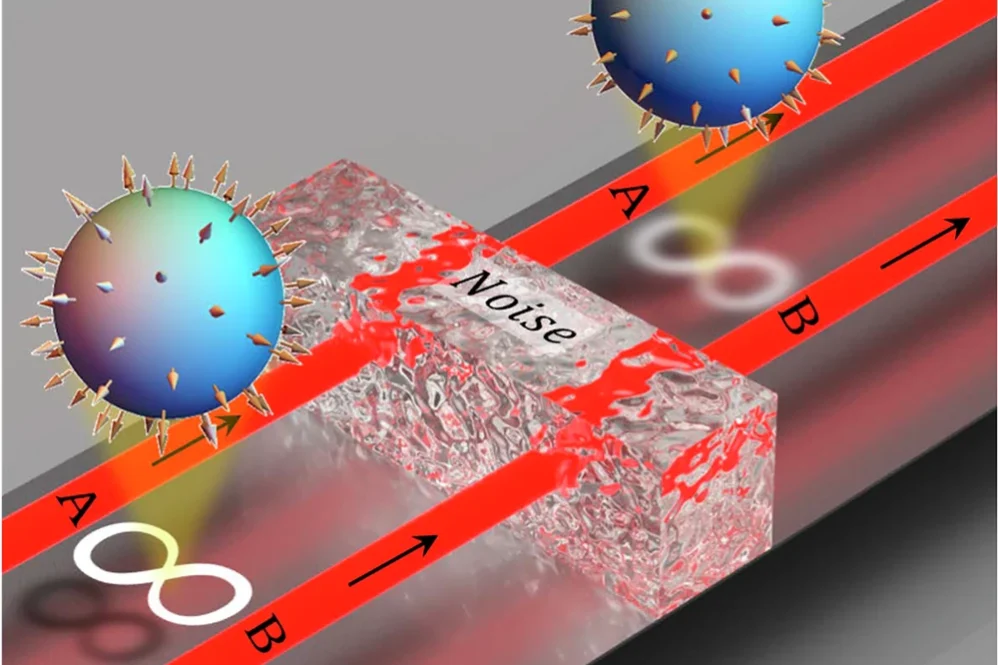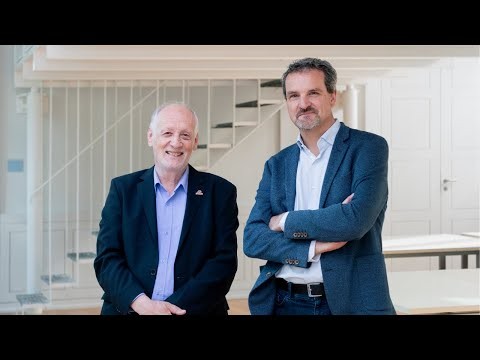Researchers from the University of the Witwatersrand in Johannesburg and Huzhou University in China have made a significant breakthrough in quantum information processing by demonstrating that quantum skyrmions and their nonlocal topological properties remain resilient to environmental noise, even as traditional entanglement measures decay.
This discovery, published in Nature Communications, introduces a novel concept of “digitization of quantum information” based on discrete topological quantum observables. Rather than focusing on preserving the fragile quantum entanglement itself, the team engineered quantum states with specific topological properties that protect the encoded information.
Professor Andrew Forbes from Wits University explains, “Topology is a powerful resource for information encoding in the presence of noise. It has a large encoding alphabet that is completely immune to the noise so long as just some entanglement persists.” This approach leverages discrete topological observables that only take integer values, making them inherently more resistant to noise – similar to how digital signals outperform analog ones in classical systems.
The researchers created nonlocal skyrmionic topology as a shared property between two entangled photons and tested its resilience by passing it through simulated generic noise. Their comprehensive theoretical and experimental work confirmed that these topological properties remain invariant across various topologies and noise levels, even as typical entanglement witnesses deteriorate.
This breakthrough offers an elegant solution to one of quantum computing’s most persistent challenges. By harnessing topology to protect quantum information from environmental interference, the research opens promising pathways for practical quantum technologies without requiring complex compensation strategies.
The implications extend beyond quantum computing to secure quantum communication networks, advanced medical imaging, and artificial intelligence systems. Professor Robert de Mello Koch likens this to the digital revolution in classical computing: “Just as digital technology enabled successful classical computation and communication, digital quantum signals will allow successful quantum computation and communication under realistic conditions.“
This work represents a crucial step toward making quantum technologies practical for everyday applications despite real-world noise challenges.
Reference: “Topological rejection of noise by quantum skyrmions” by Pedro Ornelas, Isaac Nape, Robert de Mello Koch and Andrew Forbes, 26 March 2025, Nature Communications. DOI: 10.1038/s41467-025-58232-4





